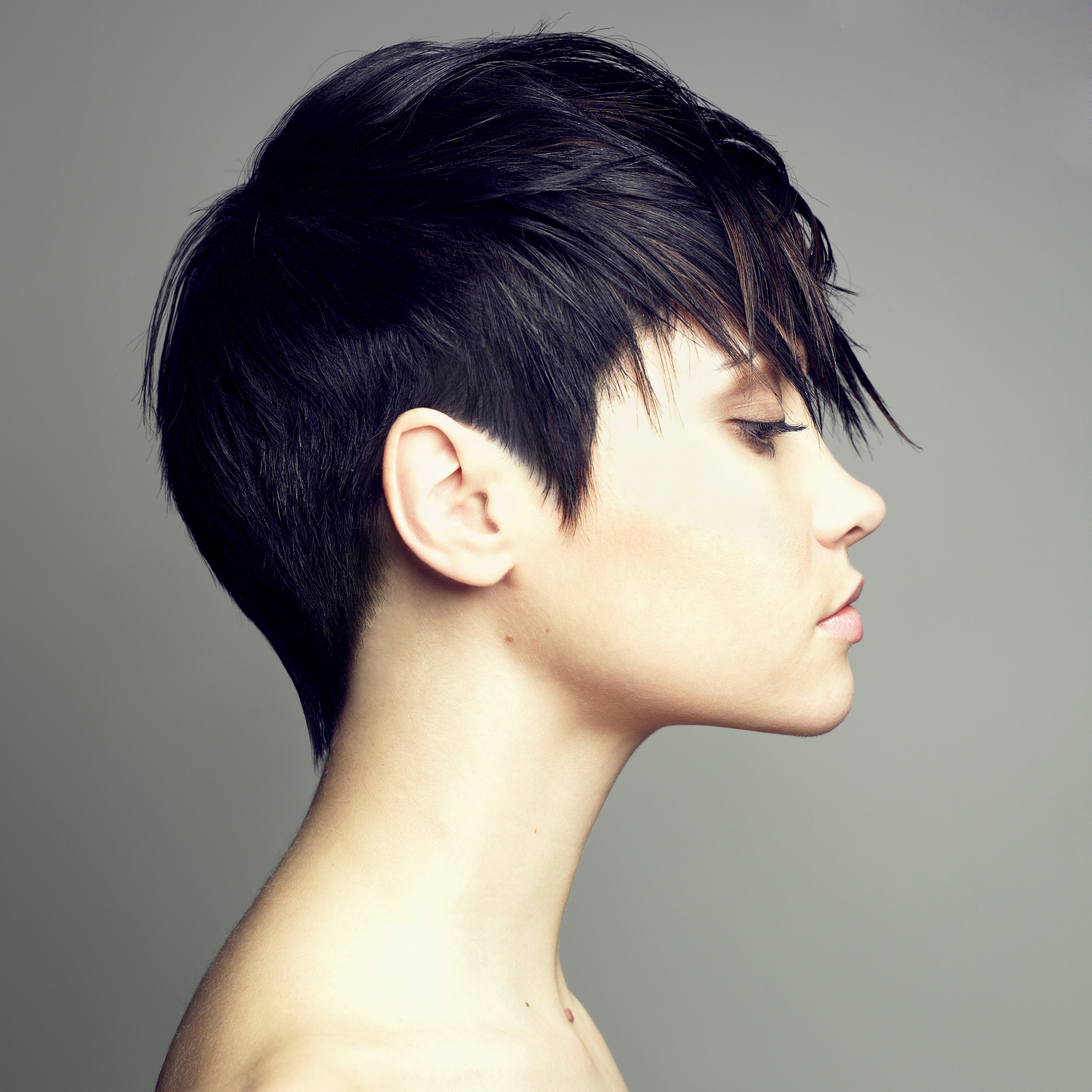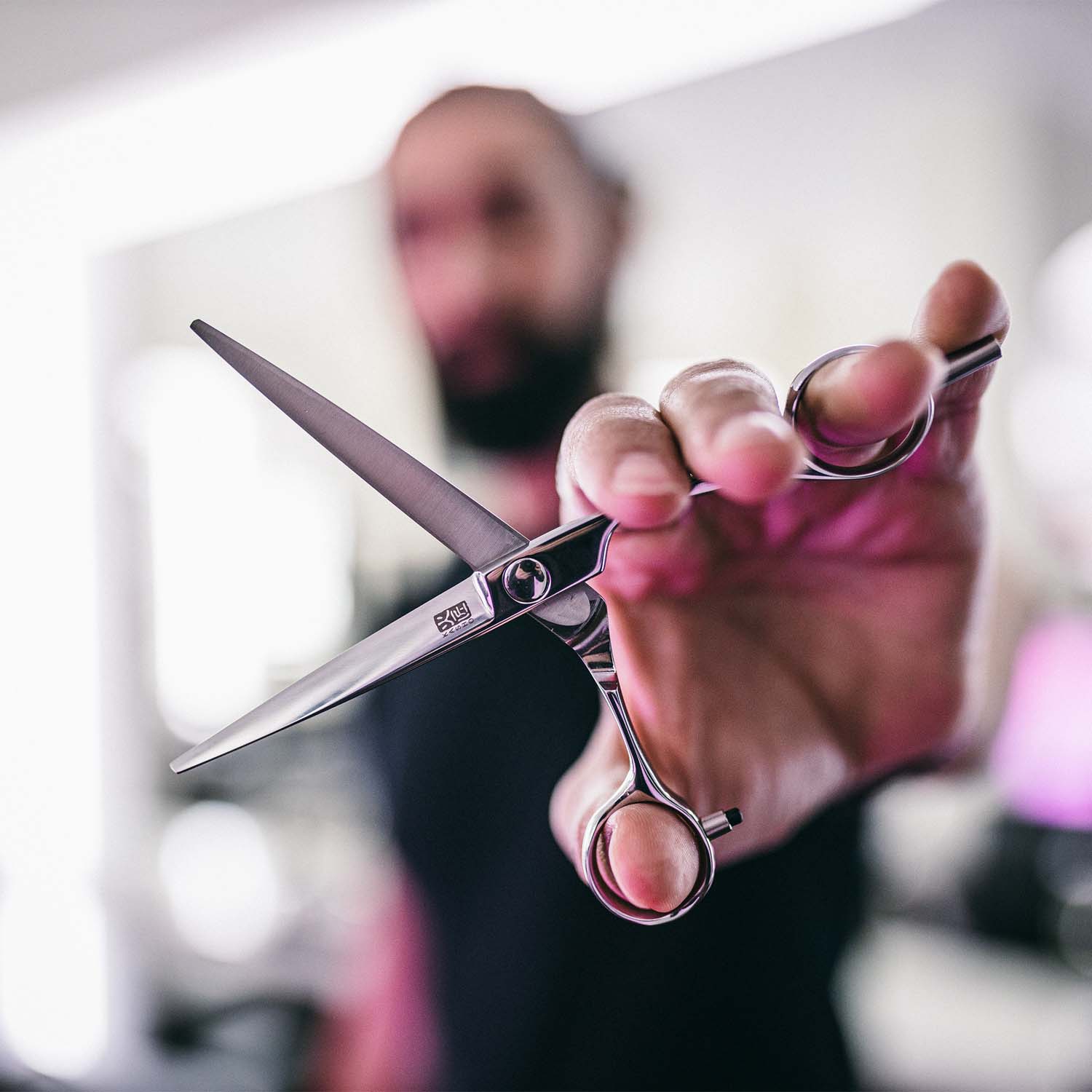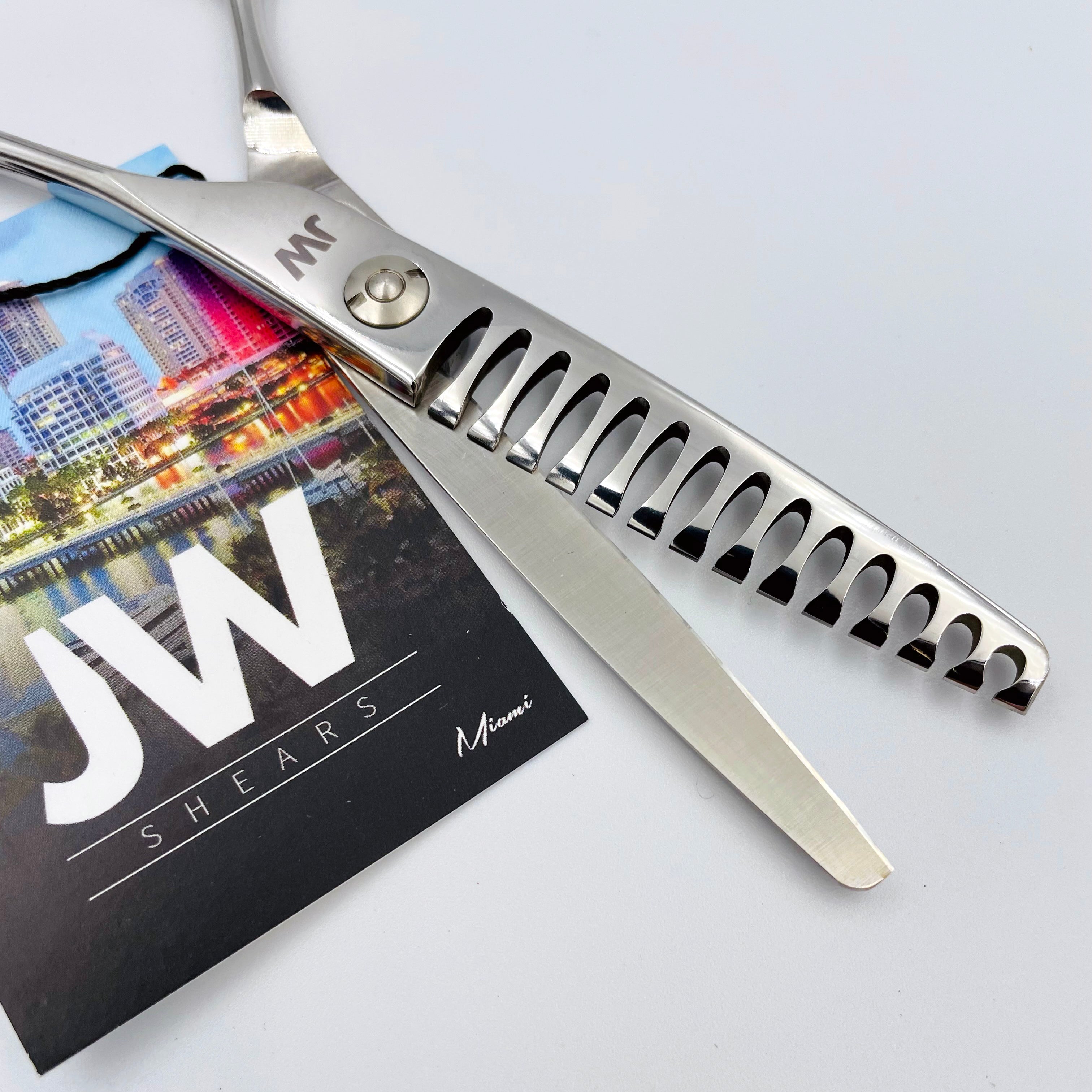
Mastering Texture Cutting Techniques: Point Cutting, Slide Cutting, and Dry Cutting
When it comes to hairstyling, achieving the perfect texture is an art that involves various techniques. Texturizing hair can add volume, movement, and a natural finish, catering to different hair types and styles. Among the myriad of methods, point cutting, slide cutting, and dry cutting are fundamental techniques every stylist should master. Each of these methods has unique benefits and applications, allowing for versatile and tailored results.
Point Cutting
What is Point Cutting?
Point cutting is a technique where the tips of the scissors are used to cut into the ends of the hair at an angle. This method creates soft layers and removes bulk without drastically changing the overall length of the hair.
How to Perform Point Cutting
- Section the Hair: Start by sectioning the hair to ensure precision. Work with small sections for better control.
- Hold the Hair Upwards: Hold a section of hair upwards or at the desired angle.
- Cut at an Angle: Use the tips of the scissors to cut into the ends of the hair at a slight angle. This can be done vertically or diagonally, depending on the desired texture.
Benefits of Point Cutting
- Natural Look: Point cutting creates a more natural and blended finish, ideal for soft layers.
- Versatility: Suitable for both short and long hair, it adds texture without compromising the length.
- Volume Control: Helps in removing bulk from thick hair while maintaining movement and flow.
The JW DB2 Series shear excels at all texture cutting techniques thanks to its curved blades that ensure the perfect cutting angle for flawless performance.
Slide Cutting
What is Slide Cutting?
Slide cutting, also known as slicing, involves sliding the scissors along the hair shaft to remove weight and add texture. This technique is particularly effective for creating smooth, flowing layers and is often used on dry hair to see the natural fall.
How to Perform Slide Cutting
- Section the Hair: Similar to point cutting, start with sectioned hair for precision.
- Angle the Scissors: Hold the scissors slightly open and at an angle to the hair.
- Slide Down the Hair: Gently slide the scissors down the hair shaft, closing them slightly as you move. This should be done with a light hand to avoid removing too much hair at once.
Benefits of Slide Cutting
- Soft Layers: Creates soft, seamless layers that blend beautifully.
- Movement: Adds movement and texture, especially beneficial for medium to long hair.
- Control: Allows for precise removal of bulk and weight, enhancing the overall shape and style.
The Kasho KML Millennium Series, an ultra-premium steel means Millennium shears can take an exquisitely sharp edge and hold it longer, too.
Dry Cutting
What is Dry Cutting?
Dry cutting is exactly what it sounds like – cutting the hair when it is dry. This technique allows the stylist to see how the hair naturally falls and behaves, making it easier to achieve the desired final look.
How to Perform Dry Cutting
- Prepare the Hair: Ensure the hair is clean and dry. Blow-dry or straighten if necessary to remove any kinks or waves.
- Section the Hair: Section the hair for better control and accuracy.
- Cut as Desired: Use point cutting or slide cutting techniques, or simply trim the hair, depending on the desired style and texture.
Benefits of Dry Cutting
- Accuracy: Provides a more accurate representation of the final look, as there is no shrinkage or change in texture from wet to dry.
- Natural Movement: Allows the stylist to work with the hair's natural movement and fall, resulting in a more tailored and natural look.
- Detailing: Ideal for detailing and refining a haircut, especially with curly or wavy hair where the natural pattern is more evident when dry.
Kamisori Frost II, carefully hand-crafted from luxury 32-layer Damascus steel featuring a longer Katana (sword) blade for more power when needed.
Combining Techniques
Often, stylists will combine point cutting, slide cutting, and dry cutting techniques to achieve the perfect texture and finish. Understanding when and how to use each method is key to mastering texturizing hair.
For instance, a stylist might start with point cutting on wet hair to establish the basic shape and remove bulk. Then, they might use slide cutting to add soft layers and enhance movement. Finally, dry cutting can be used to refine the cut and ensure everything falls perfectly.
Conclusion
Mastering texture cutting techniques like point cutting, slide cutting, and dry cutting is essential for any stylist aiming to create versatile and personalized hairstyles. Each method offers unique benefits, allowing for the creation of natural, textured looks that enhance the hair's natural beauty. By understanding and practicing these techniques, stylists can elevate their skills and deliver stunning, customized results for their clients.








Leave a comment
This site is protected by hCaptcha and the hCaptcha Privacy Policy and Terms of Service apply.